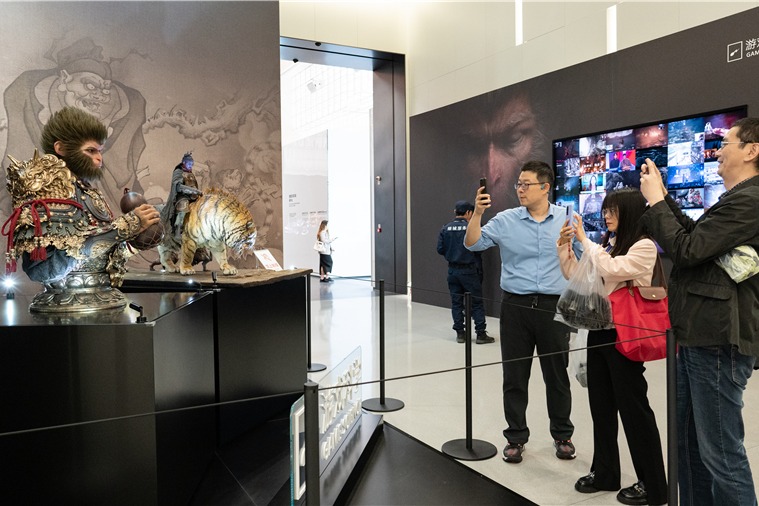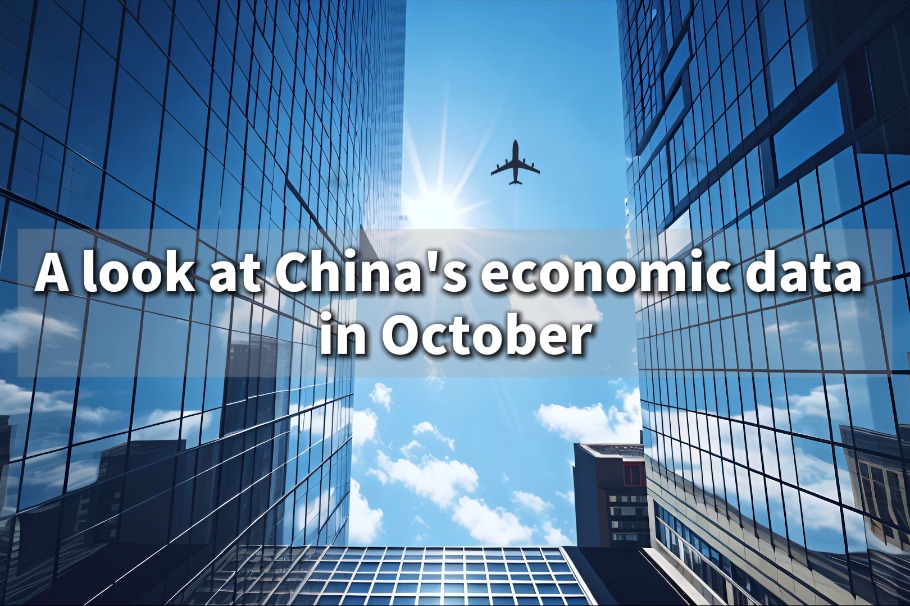Financing Belt and Road, opportunities worth over $10t

BEIJING — Chinese banks are looking to tap the opportunities arising from the huge investment and financing demands in the Belt and Road regions, where investors are attracted by the potential of infrastructure and less-developed industries.
"Most countries along the Belt and Road are developing economies that have numerous opportunities in infrastructure, rail transit, urban development, logistics, cross-border e-commerce and other areas," said Hong Qi, chairperson of China Minsheng Bank, a leading joint-stock commercial bank.
Infrastructure financing demand alone will amount to $10 trillion in the next five years, Hong said at a recent forum.
Betting on these prospects, the Beijing-based lender has signed lending agreements worth over $10 billion with businesses from more than 30 countries and regions, with more projects financed via public-private partnership in the pipeline.
Minsheng is not the only bank that has strengthened its push in the Belt and Road Initiative. Other lenders including the Industrial and Commercial Bank of China and China Everbright Bank have also jumped into action. By the end of 2016, nine Chinese banks had set up 62 branches in 26 countries and regions along the Belt and Road, data from the China Banking Regulatory Commission showed.
"There are bright prospects for banks to finance the Belt and Road Initiative," former Chinese Vice-Foreign Minister He Yafei has said.
Proposed by China in 2013, the Belt and Road Initiative aims to build trade and infrastructure networks connecting Asia with Europe and Africa based on ancient land and maritime trade routes. Analysts believe opportunities are sprouting for global businesses to increase their presence and investment in the to-be-booming regions where public facilities still lag behind.
Multilateral lender the Asian Infrastructure Investment Bank and the Silk Road Fund were founded to finance the Belt and Road.
Backed by financial support, investment went up steadily along the Belt and Road. During the first 10 months of 2017, Chinese investors put forward $11.2 billion in 53 countries and regions along the Belt and Road.
Thanks to the capital pumped in, Asian infrastructure is improving rapidly, with transportation networks improved and more public facilities erected, ranging from power stations to hospitals.
"More tangible progress will have been made by 2020," said Zhang Yansheng, a researcher at China Center for International Economic Exchanges, citing railroads and expressways that will stretch to more areas including Southeast Asia and the Mediterranean.
"Investment growth in the Belt and Road will pick up pace in a couple of years, with double-digits compound increase expected in 2018 and 2019," said Robin Xing, Morgan Stanley's chief China economist.
Not only will infrastructure improve, but global trade will also benefit, Xing said. "Belt and Road countries will see a 10-percent increase in their exports in ten years because of Chinese investment as better ports and railways will facilitate cargo flows."
While Belt and Road construction is in full swing, concerns about investment risks also linger mainly due to regional political and economic instability.
Risks facing Chinese State-owned enterprises (SOEs), major investors in the Belt and Road regions, are completely controllable, Xiao Yaqing, head of the State-owned Assets Supervision and Administration Commission (SASAC), has said.
Over the last three years, 47 Chinese SOEs supervised by the SASAC have taken part in 1,676 projects in countries and regions along the Belt and Road spanning energy, infrastructure and industrial cooperation. The investment was well-planned and organized, and supervision of the decision-making process has been toughened, Xiao said.
Xing said the risks will be low. "Even if investment amounted to $60 billion a year...it still only accounts for less than a third of China's current account surplus and around 0.5 percent of the nominal GDP."
- French expert hails Belt and Road initiative's role for world economic stability
- Dialogue on education cooperation for Belt and Road held at CUPB
- Belt and Road Initiative to inspire LatAm, says IDB chief
- Bank of China chief stresses Mediterranean region's importance in Belt and Road construction
- Belt and Road key is in governance




































